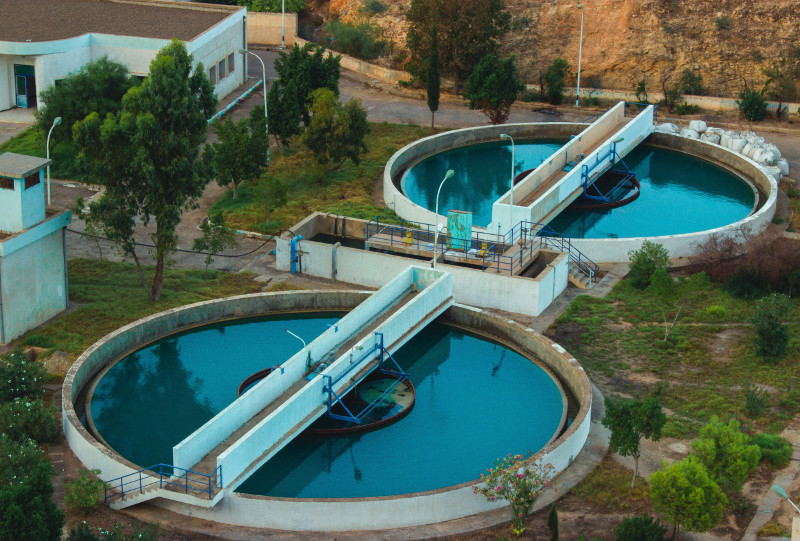| Categories: |
|---|
Estimated reading time: 4 minutes
Every business complying with environmental laws can be profitable and sustainable while operating environmentally responsibly.
Environmental aspects may not have the same importance to you as other business aspects, but it’s under your control to avoid issues that can cost time and money better spent elsewhere.
You should take action now to limit your risk of costly or damaging environmental issues such as permit compliance enforcement. Acting now is especially important because the future is uncertain and the present is constantly changing.
Every business required to comply with environmental laws and statutes can be profitable and sustainable while operating environmentally responsibly. This podcast episode explains what to adjust in your environmental program so you can continue to prosper in uncertain futures.
Fifty-eight years ago Bob Dylan wrote and sang his song “The Times They Are A-Changin’.” The lyrics apply very well to the world in which we now live: a global COVID-19 pandemic, massive economic disruptions, and the changing climate producing weather extremes including severe wildland fires, very high temperatures, torrential precipitation, and drastically decreased surface and ground water supplies. We’ve not before experienced all these changes simultaneously so making decisions affecting our business’s future is challenging.
Environmental aspects of a business may not have the same importance as do market conditions, cost of production, and similar issues. This is understandable because environmental science is not a part of business training programs. Yet, businesses needing any environmental permit to operate too often are unprepared to resolve concerns raised by regulators and others. This lack of in-house environmental science expertise can have serious impacts on the operation. It’s much better, and less expensive, to have an environmental program that helps you avoid environmental issues regardless of how ’normal’ changes.
You should take action now to limit your risk of costly or damaging environmental issues such as permit compliance enforcement. Acting now is especially important because the future is uncertain and the present is constantly changing.
Environmental regulators’ vested interest is documenting that they enforce regulations that implement applicable laws and statutes; they protect their agency. Environmental permit holders’ vested interest is operating profitably and sustainably; they protect their jobs and businesses. Frequently the two are in conflict when they should have a common interest in sustainable, environmentally-responsible, profitable business operations.
When the applicable science is not understood by the public the result can be administrative appeals, legal challenges that increase time and costs for the permit applicant or holder. When the science is not well understood by regulatory agency staff the result is commonly referred to as paralysis by analysis.
To protect your business you need to understand how regulators and others evaluate environmental aspects of your permit application or permit compliance.
Basically, all environmental regulations ask three questions to assess compliance with the relevant law or statute:
-
First, does (or will) the permitted activity adversely effect the natural environment? This is forecasting.
-
Second, how does (or would) the operating activity degrade the natural environment? This is cause and effect.
-
Third, are there synergistic or cumulative impacts from multiple activities affecting the natural environment? This is spatio-temporal, multi-variable interaction.
Answering these questions requires relevant data properly analyzed. Permit requirements for data collection address the regulator’s needs, not the permit holder’s.
Environmental data never are as abundant or frequent as research data so the analytical models applied are specific to these data limitations yet are robust and provide technically sound and legally defensible results.
The environmental data your operations need are unique. What you do, how you do it, and where you are located are different even from others in your industry. Getting the data you need is not a major expense, but it must also demonstrate your compliance with the applicable federal and state laws and statutes.
When your environmental management program is tuned to your specific needs, and decision makers and stakeholders understand that the results are technically sound and legally defensible, they are provided with answers to their concerns.
Companies invest money collecting baseline and compliance monitoring data beyond the minimal needs of the regulators so proper analyses are needed to produce the return on investment that justifies the effort and expense.
With proper planning, collection efforts, and analyses supporting regulatory science can more than repay their cost by eliminating, or decreasing, decision delays and quantifying the relationships of the permitted operation to the natural environment. With global warming/climate change and societal focus on sustainability, understanding a permitted operation’s relationship to the natural environment is critical information for permit holders and regulators.
This work was originally published on the Applied Ecosystem Services, LLC web site at https://www.appl-ecosys.com/blog/environmental-decision-making/
It is offered under the terms of the Creative Commons Attribution-NonCommercial-NoDerivatives 4.0 International license. In short, you may copy and redistribute the material in any medium or format as long as you credit Dr. Richard Shepard as the author. You may not use the material for commercial purposes, and you may not distribute modified versions.


